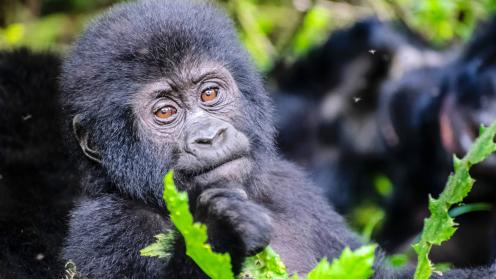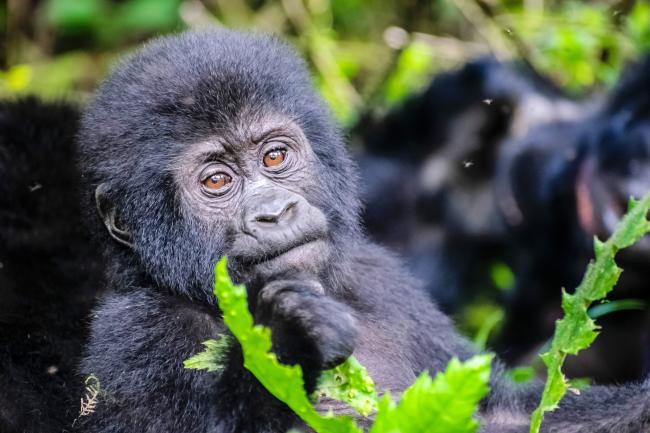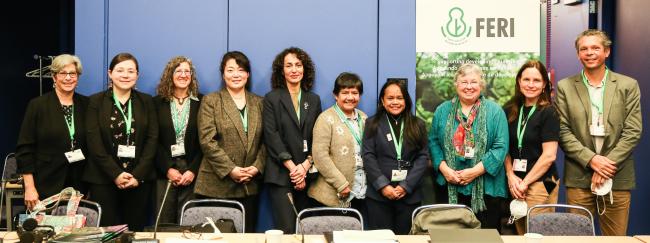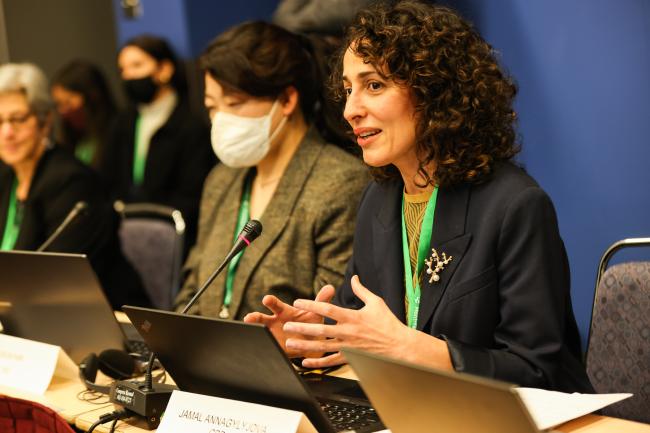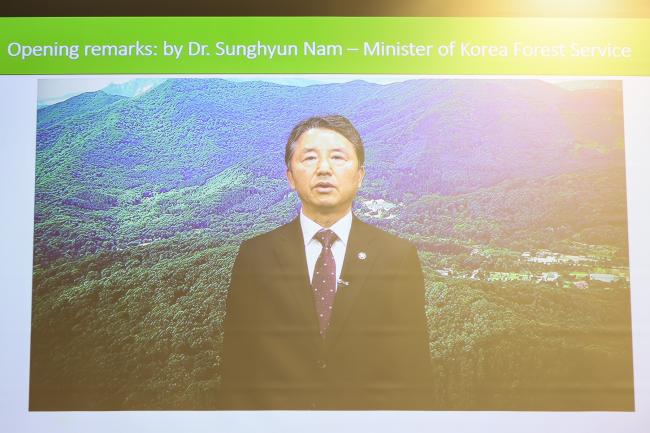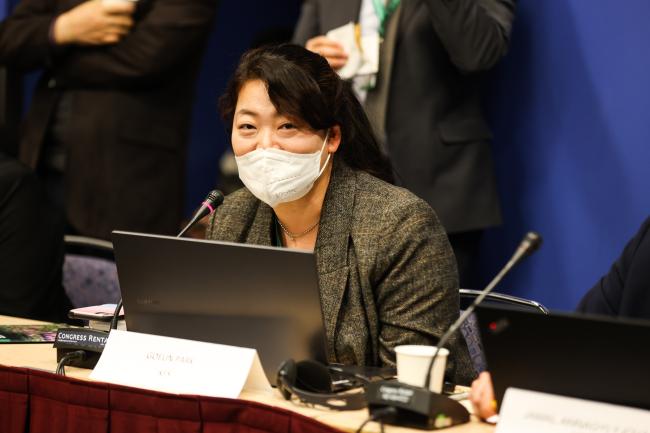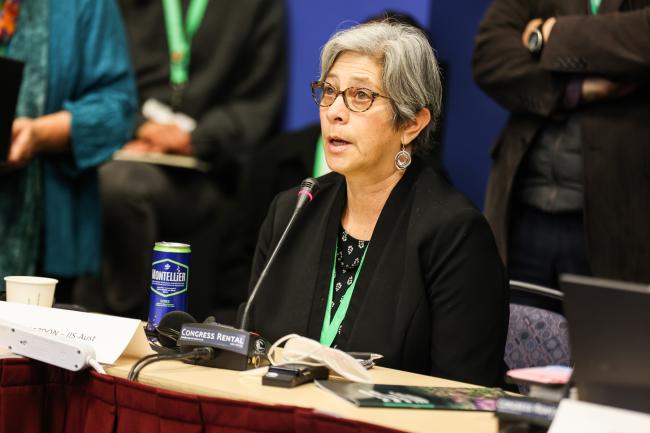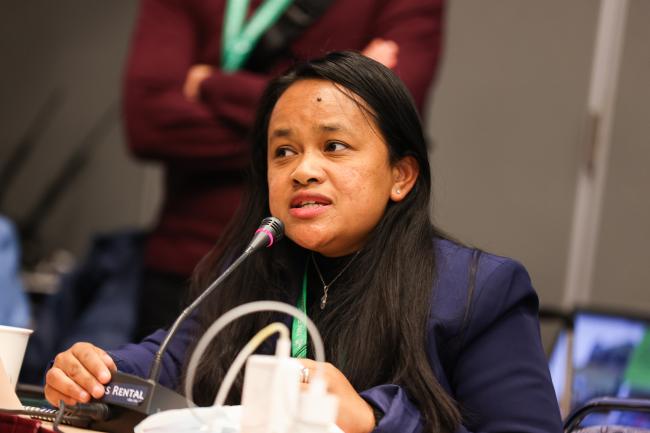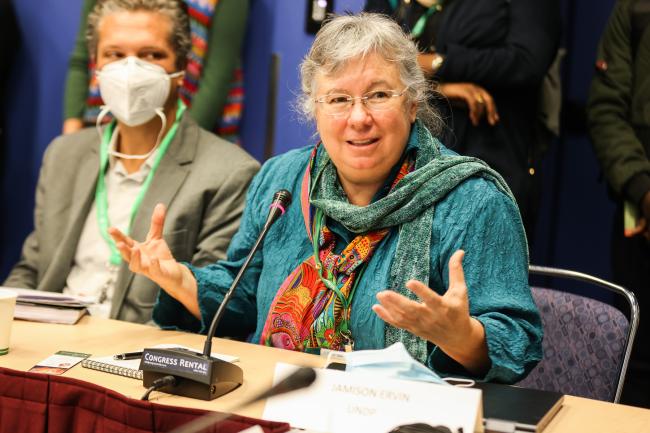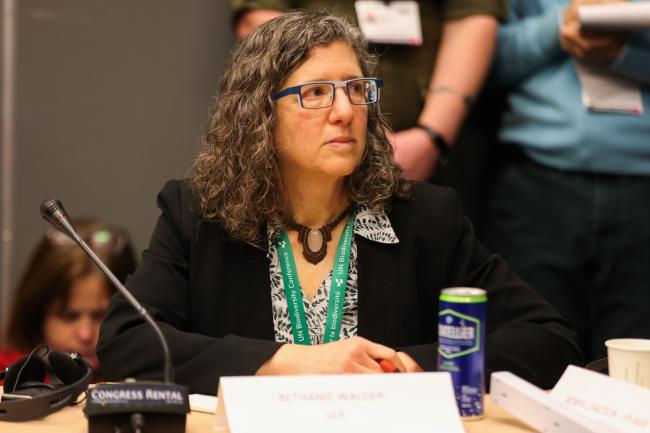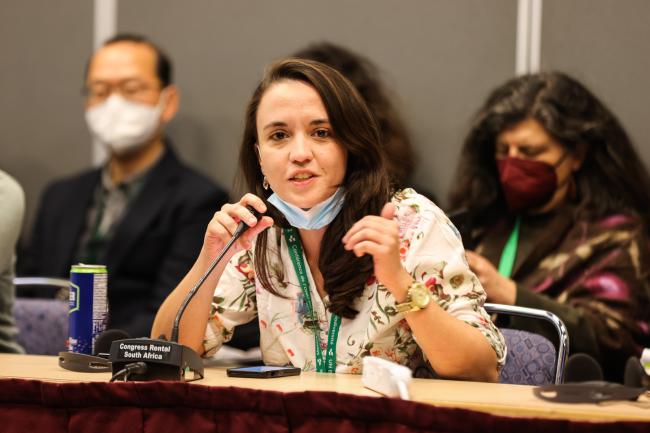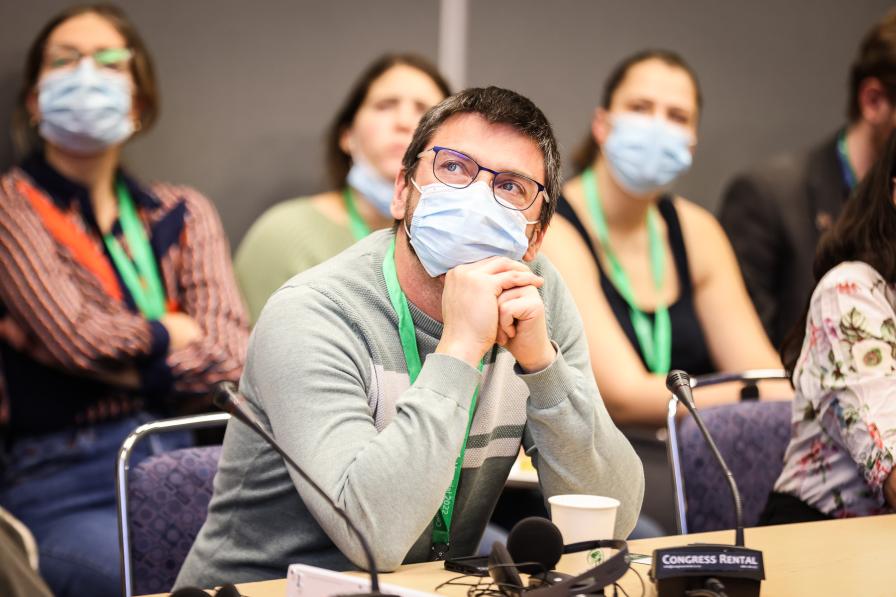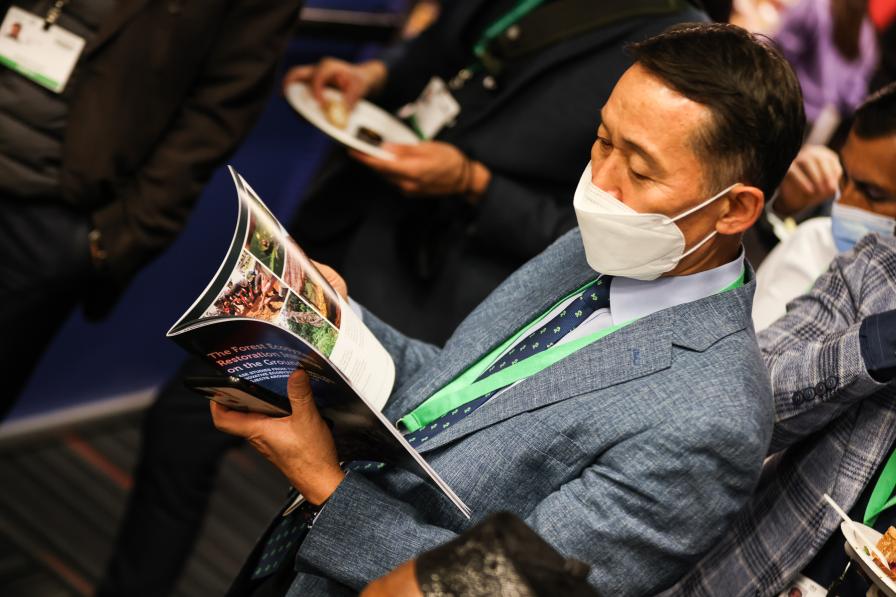About
The need to assess and (re)design restoration plans, link them to finance, and upscale implementation was the focus of a side event that explored the seven-year-old Forest Ecosystem Restoration Initiative.
The need to assess and (re)design restoration plans, link them to finance, and upscale implementation was the focus of a side event held during the UN Biodiversity Conference in Montreal, Canada. The event highlighted how the Forest Ecosystem Restoration Initiative (FERI), established in 2015 and funded by the Korea Forest Service (KFS), provides capacity building to support these efforts. Jamal Annagylyjova, Convention on Biological Diversity (CBD), who moderated the event, underscored the success of restorative activities in supporting developing countries in achieving their forest ecosystem restoration targets within the context of the Aichi Biodiversity Targets. She noted 12 countries are piloting FERI through small-scale innovative restoration projects and anticipated strengthening FERI for the post-2020 global biodiversity framework (GBF).
Sunghyun Nam, Minister, KFS, via video, highlighted the identification of forests as key to effectively tackling the climate crisis. Underscoring the importance of forest restoration and finance, he noted the Food and Agriculture Organization of the UN (FAO) and KFS successfully co-hosted the 15th World Forestry Congress which adopted the Seoul Forest Declaration, which calls for increased investment in forest restoration to address climate change and biodiversity loss.
Goeun Park, KFS, spoke on the Republic of Korea’s experiences, lessons learned from, and driving forces behind, its successful forest restoration, and international dissemination of its experiences. She said the Republic of Korea’s efforts took only four years, and increased growing stock 15-fold in 50 years, with forests now covering 63% of the territory. She said driving forces include: concrete public participation; a national agenda, with strong leadership and robust administrative capabilities; and well organized forest management, including forest planning, legal protection, and establishment of the KFS. She said this was achieved alongside economic growth.
Robin Chazdon, International Institute for Sustainability Australia, described the WePlan decision support platform for forest ecosystem restoration, noting it provides access to the best contemporary, evidence-based spatial planning for forest ecosystem restoration and dovetails with global priorities for ecosystem restoration including carbon storage and biodiversity loss. She described WePlan’s optimization framework, noting that: it is not usually possible to achieve maximum returns on all objectives simultaneously; cost-effectiveness scenarios typically achieve lower benefits but much higher returns on investment; and maximum benefit scenarios are typically costly.
Liliane Parany, Madagascar National Parks, spoke on field experiences in Madagascar’s Atsinanana rainforests, supported by the KFS. She described interventions in three national parks to ensure survival of ecological processes and threatened species in endangered sites. She said efficiency of restoration is improved by identifying interventions that maximize impact and minimize costs in different contexts, through: consultations with local communities and authorities, scientists, and international stakeholders; prioritizing activities; developing a restoration guide for each site; and planning and piloting sustainable restoration activities that empower and benefit local communities.
In the ensuing discussion, participants discussed, inter alia, the impact of “leakage” effects in which forest degradation is displaced to other regions, the role of carbon sequestration in forest soils, and monitoring the restoration of biodiversity over time.
Andrea Romero, FAO, presented on The Economics of Ecosystem Restoration” (TEER) initiative, a collaboration among FAO, the CBD, and others. She noted 2.2 billion hectares of degraded land might be restorable but this process would require accurate and systematic designing, planning, monitoring, and on-the-ground actions. Explaining that robust, consistent data on costs and benefits is needed to justify large investments, she said TEER collects data and is developing standardized cost-benefit language, using an “intervention unit” to identify costs of specific interventions through typologies of interventions, restoration transitions, and expenditure categories.
Jamison Ervin, UN Development Programme (UNDP), described the free, massive, open, online course (MOOC) e-learning module called Learning for Nature, offered by UNDP and the CBD. She said it brought together policymakers, restoration practitioners, teachers, and university professors from 186 countries to support the global movement for ecosystem restoration. She presented a short video demonstrating how the MOOC gathered 17,000 concerned citizens to prevent, stop, and counter the effects of environmental degradation and providing details and testimonials from MOOC graduates.
Bethanie Walder, Society for Ecological Restoration (SER), spoke on development of standards of practice (SOPs) for ecosystem restoration. She presented a Restoration Continuum on improving biodiversity, ecological integrity and ecosystem services through, in ascending order: reducing impacts; remediation; rehabilitation; and ecological restoration. She identified distinctions between “transformed” and “natural” ecosystems and between “ecosystem” and “ecological” restoration, the latter denoting greater area and ecosystem integrity. She announced the release of the Executive Summary and Beta version of the SOPs for Ecosystem Restoration, to be finalized in 2023 following additional consultations.
In the ensuing discussion, participants focused on, inter alia: mobilizing FERI outcomes to better finance biodiversity outcomes; costs of ecosystem restoration vis-à-vis preventative strategies; and establishing a “floor” of standards for ecosystem restoration to ensure uncertainty is accounted for.
Organizers: CBD, FAO
Contact: Matheus Couto, UN Environment Programme-World Conservation Monitoring Centre (UNEP-WCMC) matheus.couto@un.org
For more information: www.cbd-feri.org
Written and edited by Tallash Kantai, Vijay Kolinjivadi, PhD, and Deborah Davenport, PhD.
All ENB photos are free to use with attribution. For this event, please use: Photo by IISD/ENB | Natalia Mroz
To receive free coverage of global environmental events delivered to your inbox, subscribe to the ENB Update newsletter.
